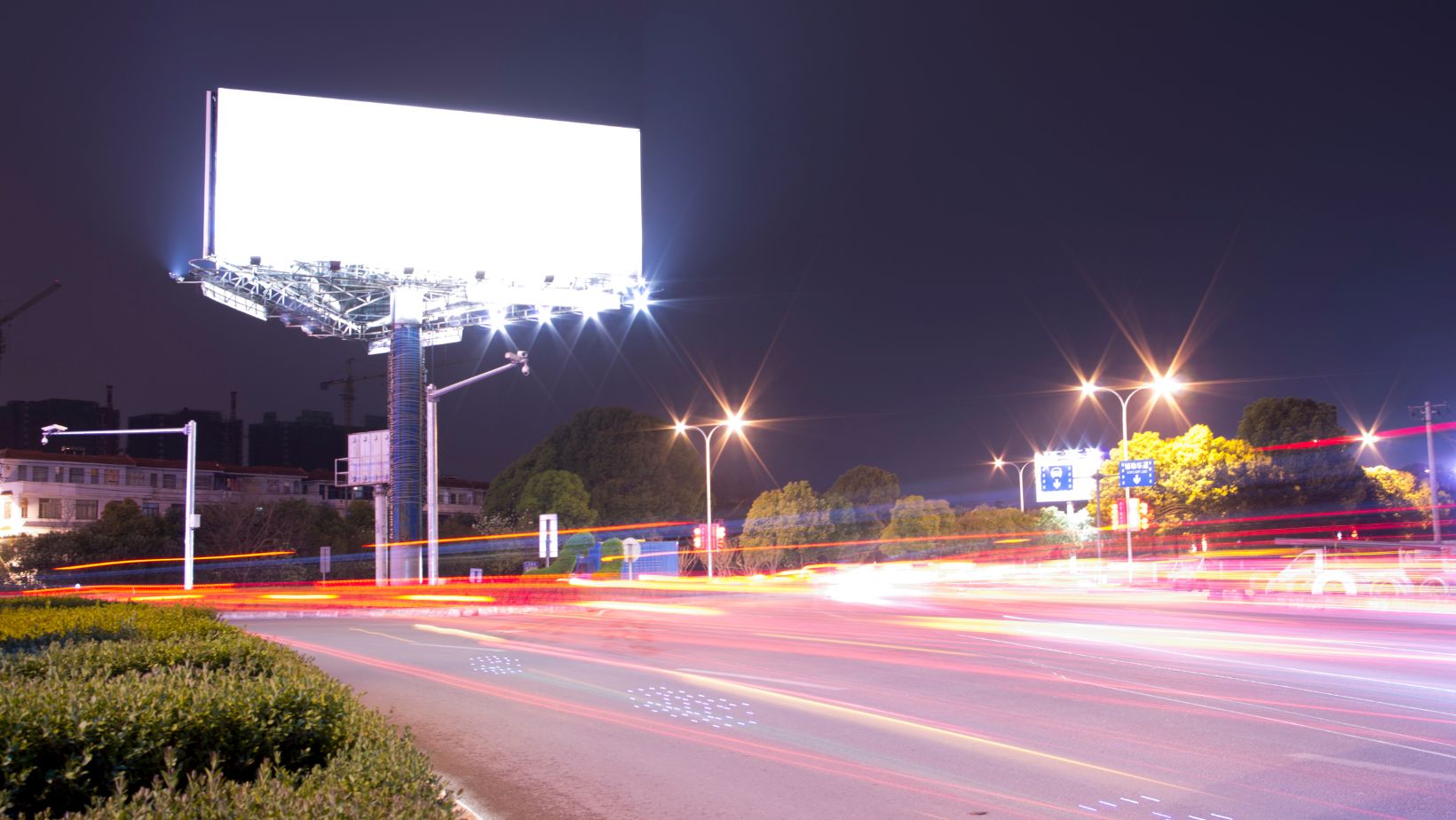Outdoor advertising has evolved in creative ways to attract attention. Among these, giant inflatables and billboards are popular choices. Billboards are well-known and reliable, able to display large static images in high-traffic areas to capture the attention of passing drivers and pedestrians. In contrast, giant inflatables offer a more dynamic and eye-catching approach, often providing higher engagement with their unique shapes and movements. They not only stand out in crowded spaces but also encourage direct interaction, creating memorable brand impressions.
When considering which option to choose, think about the benefits each brings. Billboards can cover large audiences consistently over time, especially in cities. However, inflatables can boost brand visibility with giant advertising inflatables, making them ideal for events or promotions where you want to create a big impact in a shorter period. The portability and flexibility of inflatables allow them to be used in various locations, drawing in curious crowds.
Both strategies have their strengths and serve different purposes. Depending on your goals, either billboards or giant inflatables might be the right fit for your advertising needs. The decision lies in how you wish to present your brand’s message and interact with your audience.
Effectiveness of Giant Inflatables in Outdoor Advertising
Giant inflatables capture attention through their large size and dynamic appearance. They engage people more actively than traditional billboards, offering a unique and eye-catching alternative. Additionally, these inflatables can be a cost-effective advertising method.
Visual Impact on Consumers
Giant inflatables stand out due to their large scale and vibrant colors, making them hard to miss. Unlike static billboards, these inflatables grab attention through movement and creative shapes. Their towering presence can be more visually appealing, especially in crowded areas. This direct visual impact helps people remember the message more effectively.
The unique designs allow you to present your brand in innovative ways. For instance, if you’re advertising a product, the inflatable can mimic its shape. Bright colors interact with natural light, creating a lively and inviting look. These elements make inflatables a powerful tool for outdoor advertising.
Engagement and Interactivity
Giant inflatables offer unique opportunities for creating engagement. Unlike traditional billboards, which are passive, inflatables invite people to approach and interact. Events or promotions can incorporate inflatables to attract customers directly to your location.

You can also design these inflatables to feature elements that move or change, sparking curiosity. This interaction can lead to word-of-mouth promotion, as people are more likely to share their experiences both in person and online. This increased engagement can build a stronger connection between your audience and brand.
Cost Analysis
When it comes to cost, giant inflatables generally offer savings compared to traditional billboards. The initial investment is often lower, especially if you use the inflatables multiple times. They’re durable and reusable, which contributes to their affordability over time.
Shipping and setup are relatively simple, lowering labor costs. Additionally, because they can be moved and repurposed, you need fewer inflatables to cover multiple campaigns or locations. This flexibility, combined with their eye-catching presence, makes inflatables a smart choice for outdoor advertising.
Comparison with Traditional Billboards
Giant inflatables and traditional billboards each have unique strengths in outdoor advertising. When you focus on reach, impact, and investment, inflatables often stand out in unexpected ways.
Visibility and Placement
Inflatable advertisements are larger than traditional billboards, often surpassing the usual size. They can be easily spotted from a distance, attracting attention in busy areas. Placement is also flexible; you can set them up in various locations like fairs or events to reach a different audience. Billboards, on the other hand, are usually fixed in high-traffic areas and depend more on their permanent visibility. This placement is great for consistency but might not offer the same immediate impact or novelty as inflatables.
Durability and Maintenance
Traditional billboards are built to last, often constructed from durable materials that can withstand weather changes for years. This makes them a stable long-term investment. Inflatables may require more care.

Weather conditions can affect them, and regular checks are necessary to guarantee their effectiveness. This means inflatables might need more frequent maintenance compared to billboards, but they are generally easier to set up and take down, offering flexibility for short-term campaigns.
Advertising Costs
The cost of using inflatables for advertising is often lower than putting up a traditional billboard. Inflatables can offer a cost-effective alternative because they usually involve less initial investment and reduced ongoing maintenance expenses. Traditional billboards usually require more funds upfront for construction and regular fees for continued display. For businesses with limited budgets, inflatables provide an affordable way to make a big visual impact in the market.
Conclusion
When choosing between giant inflatables and billboards for outdoor advertising, consider cost, impact, and reusability. Giant inflatables are often less expensive and can be reused, making them cost-effective. Their large size also draws attention quickly.
Billboards are fixed and provide consistent visibility over time. Inflatables, meanwhile, offer flexibility and can be moved to different locations as needed.
Evaluate your specific marketing needs to decide the best option for your business goals. Both have unique benefits that can effectively reach your target audience.



